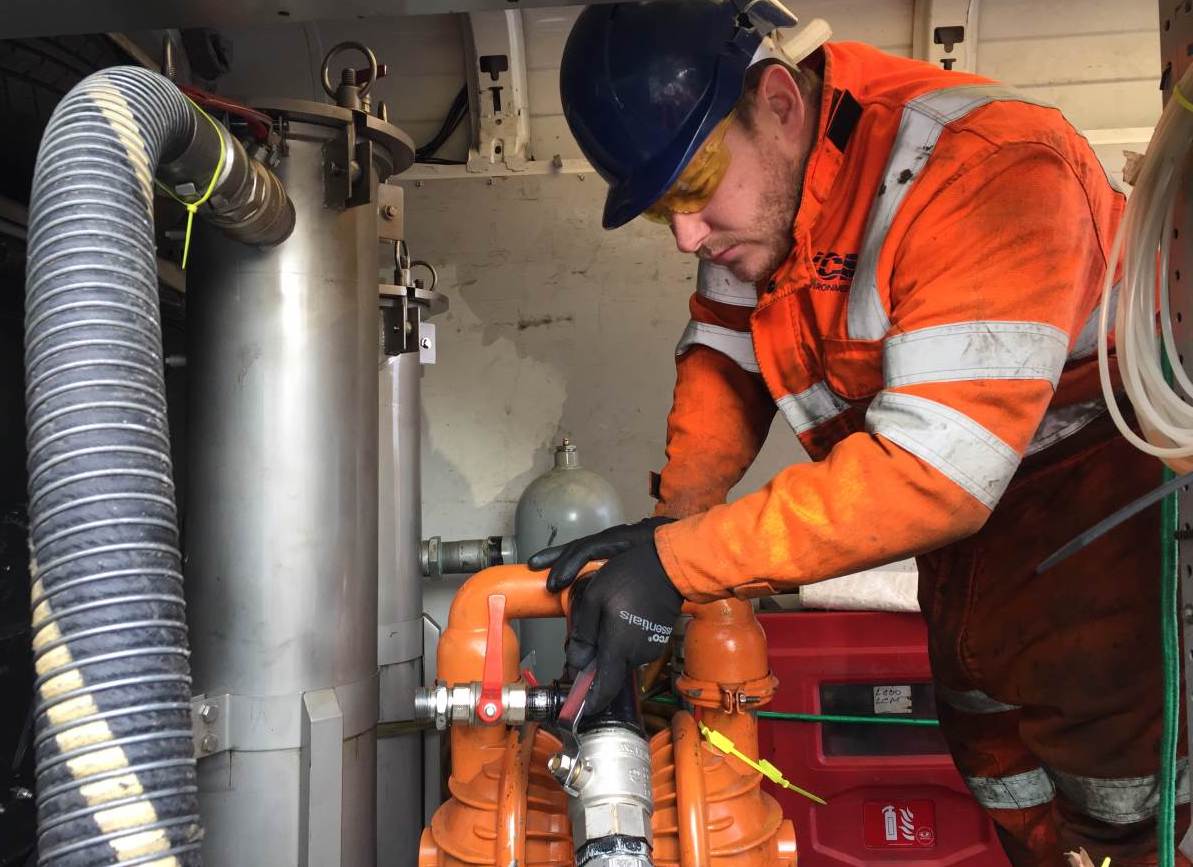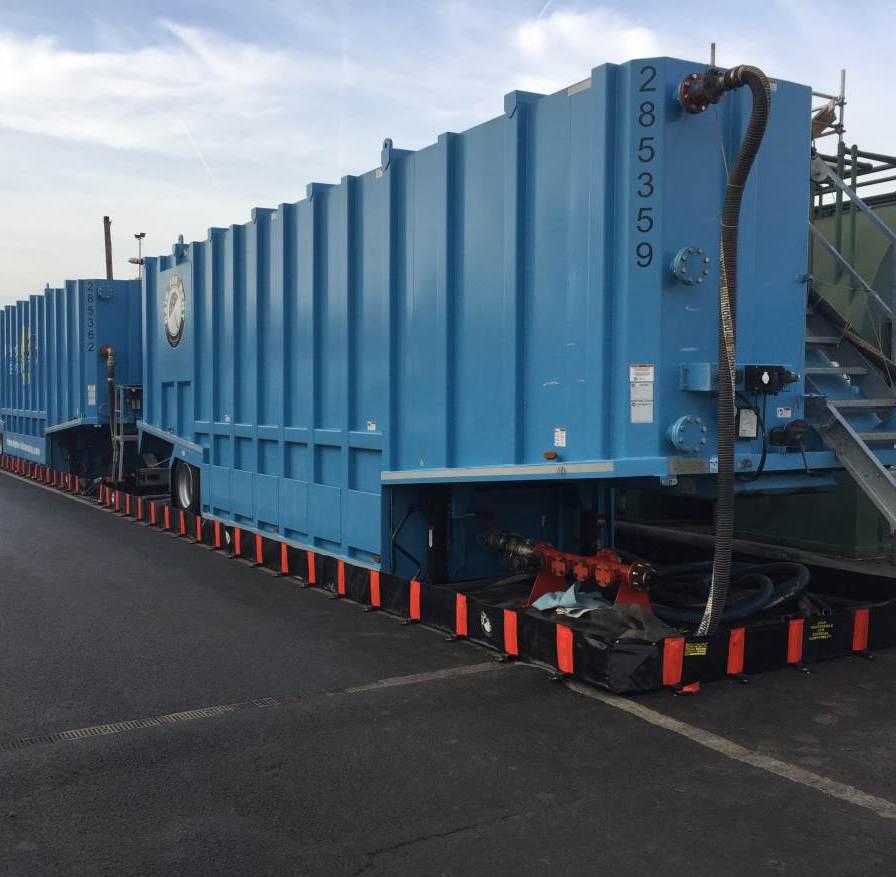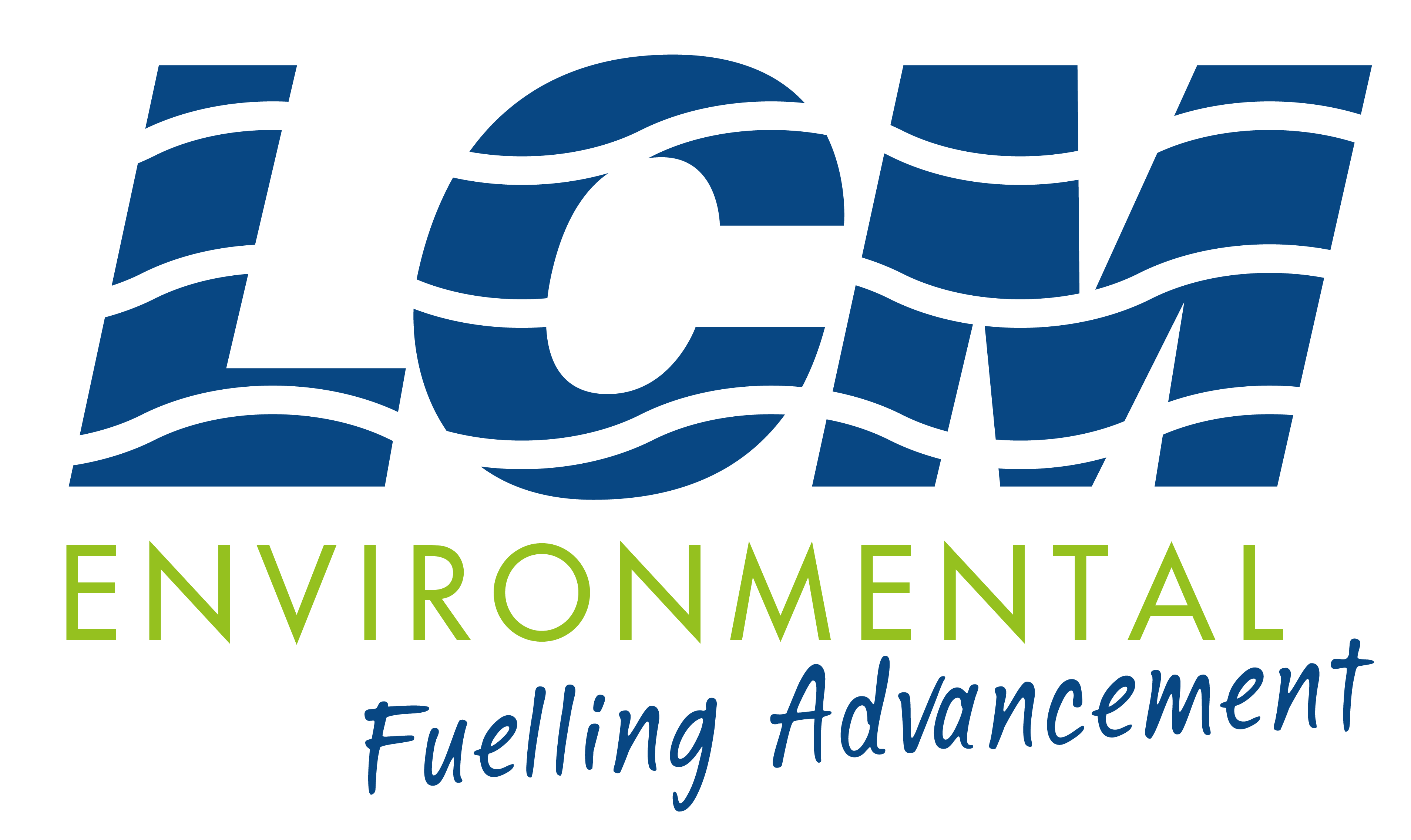The Problem
This project started with an emergency call from one of our customers which have many busy locomotive refuelling depots in the country. They informed us that the dispensing pumps were running very slow a 20 litre per minute (lpm), these pumps should run at 180 lpm.
This reduction in flow rates was causing major delays in refuelling the locomotives which has a knock on effect to rail freight transportation.
We mobilised one of our technicians who took four sets of fuel samples; top, middle and bottom of the fuel tank serving the pumps and a final sample from the dispensing pump.
These samples were analysed at our Southampton laboratory and the results came back within the day. The fuel was found to have a high particle count and diesel bug.
We then knew the onsite stock fuel 36,000ltr needed to be polished and the storage tank needed cleaning, the biggest challenge was the site only having one fuel tank and the need to keep provisions for the refuelling of locomotives.


The Solution
After a few project planning meetings with the client we formulated an acceptable plan, two 70,000ltr mobile reception tanks would be positioned onsite. This would enable one tank to serve the dispensing pumps and the second would be used as a holding tank to receive the 36,000ltr of polished fuel.
Both tanks were positioned on containment bunds, the reception tank 1 was filled with fuel by road tankers, piped up to a manifold and the bypass system was installed without interruption to refuelling.
The site was then running off the bypass system which allowed us to uplift and polish the contaminated fuel into reception tank 2.
We then carried out a man entry tank clean which removed all contamination and our Level 2 NDT engineer undertook ultrasonic non-destructive testing of the tank and its structure.
The polished fuel was tested to ensure that it was well within scope for use and returned to the cleaned fuel tank. The fuel lines were flushed and the dispensing pump filters were removed and replaced in preparation for the bypass system being removed.
The remaining fuel from reception tank 1 was transferred to the site’s fuel tank and the reception tanks were cleaned ready to be removed off site.
The Outcome
Following priming the site fuel pumps and testing for calibration we achieved 170lpm from the pumps, leaving the fuel tank, lines and pumps free from contamination delivering fuel at the correct flow.
I was also very nice to receive a letter of praise from the customer thanking us for delivering the project as specified in speedy professional manner without any loss or interruption of fuelling.
‘I would like to express my thanks and gratitude to you and your staff who carried out the inspection cleaning etc of the fuel system.A lot of time was spent beforehand planning the logistics of the operation to allow us to keep fuelling. Which was achieved, we did not delay or cancel a train due to the ongoing operation. I know it incurred additional costs but the cost of cancelled trains etc would have been considerable higher not only in monetary but in customer service reputation as well.
Once again many thanks.’
Production Manager
Contact Us
If you would like more information about our tank cleaning and maintenance services or want to hire us please click the button below.
